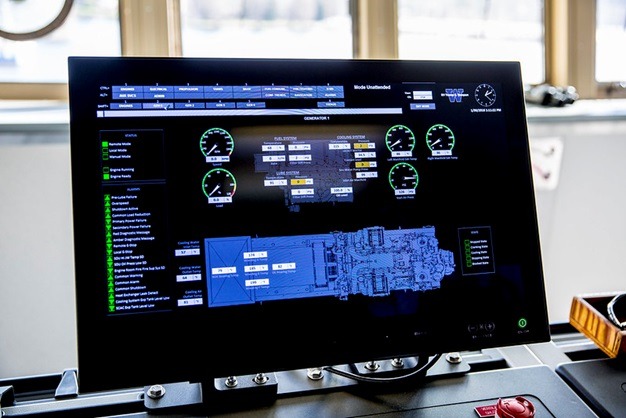In this article, we will discuss some important things you need to know about remote monitoring management (RMM).
Let’s get right into it…
What Remote Monitoring Management is
Remote monitoring management (RMM) is a designed platform that allows Managed Service Providers (MSPs) in IT management services. Visit https://hbr.org/2008/04/the-four-things-a-service-business-must-get-right to learn the 4 things that a service business must get right. This RMM platform also called network management enables these providers to monitor their customers’ endpoints, computers and networks both proactively and remotely. As a result, this management process is also called remote IT management.
For the remote monitoring management software to function, a sort of footprint widely known as an “agent” will be installed on the customer’s workstations, mobile devices, servers, as well as other endpoints. With these installed agents, information regarding the device’s status and health can be easily sent to the Managed Service Provider.
With the information received, the MSP can then gain an understanding of the customer’s network which will then allow them to carry out the necessary duties that are required to ensure that the devices are functioning optimally. Furthermore, the insight they receive allows them to proactively predict future issues that may arise which they will resolve before it ever happens or escalates into a major issue. All these are done from the MSP’s office without having to physically be in the office of their client.
The agents that are installed into the machines are there to act as monitors or detectors within the device. Not only do they monitor and detect issues that might arise within the system, but they are also designed to equally send an alert signal back to the provider who will then take the right actions to fix the problem.
The design of the agents allows them to classify issues according to problem type, severity, etc. This is necessary and important to aid the MSP to know which issues are critical and those that are not. Hence, in the scenario whereby more than one issue is detected, the provider will be able to focus on the more serious problem that could cause more damage. This helps them to be more efficient in dealing with problems that arise.
MSPs can enjoy the advantages of having to manage numerous clients with the aid of RMM technology. This is not the case when compared to break/fix providers.
With RRM, with a single dashboard, you can carry out software and update installation, patches administration, etc. Hence, a technician does not require multiple computers, neither do they have to shuffle between offices to take care of issues and carry out the required maintenance.
Key Functions of Remote Monitoring Management
What are the functions of remote monitoring management you might wonder? Well, you don’t need to wonder as we have you covered in this section.
Below are RMM’s key functions:
1. Collects information about customer’s networks, software, and hardware
MSPs depend on this vital function. If the RMM is unable to collect information, then it becomes difficult for the provider to provide any service since they lack the framework to work with.
2. Provides the provider with data and reports
The agent is part of the entire remote monitoring management system and its role includes providing data and reports about the activities of the device that it has been installed in. After the data has been collected, it then supplies this information to the MSP.
3. Creates the right alerts as well as tickets for issues that arise
We mentioned earlier that the platform can send alerts to the provider when something goes wrong. This is one of the RMM’s key functions. If the alert is not sent, the MSP will not know if there is a problem or not.
Also, not only does it send alerts, it creates a ticket as well for each issue. The ticket can then be used for future references in case such an issue comes up again.
4. Tracks the device’s health and network
The device health in which the agent is installed is always being tracked. This is why the RMM can detect when anything is wrong with the device. Apart from the health, the network is also tracked by the agent.
5. Monitors several clients and endpoints
This is an advantage remote monitoring management has over break/fix. With this platform, a technician can manage multiple clients and endpoints at the same time. Click here to learn how to become an IT specialist.
6. Automates regular maintenance tasks
One of the services offered by Managed Service Providers is regular maintenance checks. They carry out scheduled checks from time to time to see if anything is wrong with the system. Interestingly, the RRM itself is designed to automate these checks. Hence, the technician cannot claim to forget as the management platform will remind them.
Conclusion
Remote monitoring management is a great tool that every Managed Service Provider must-have. Also, business owners need basic knowledge of this platform which is why we have written the article above.


